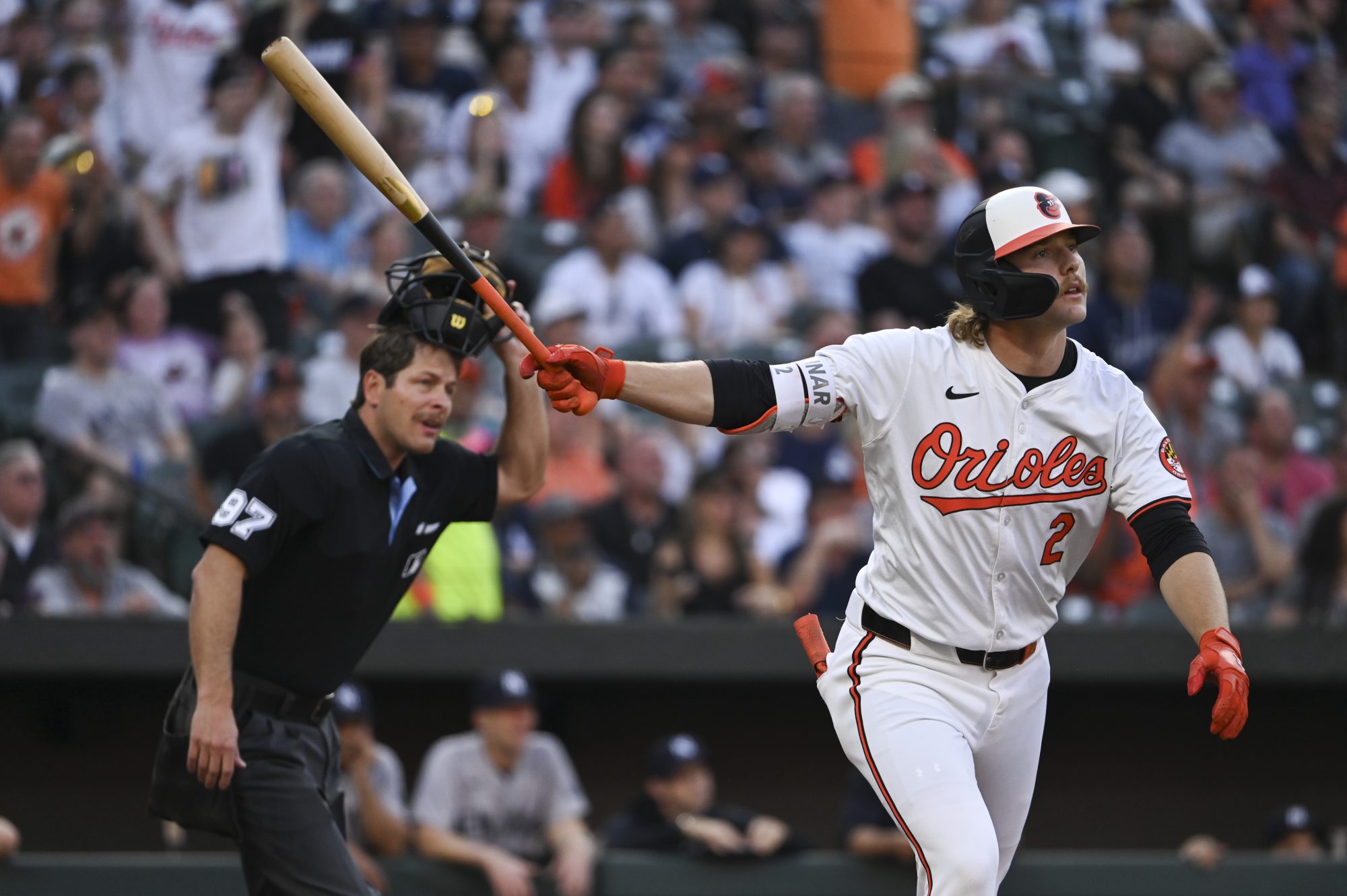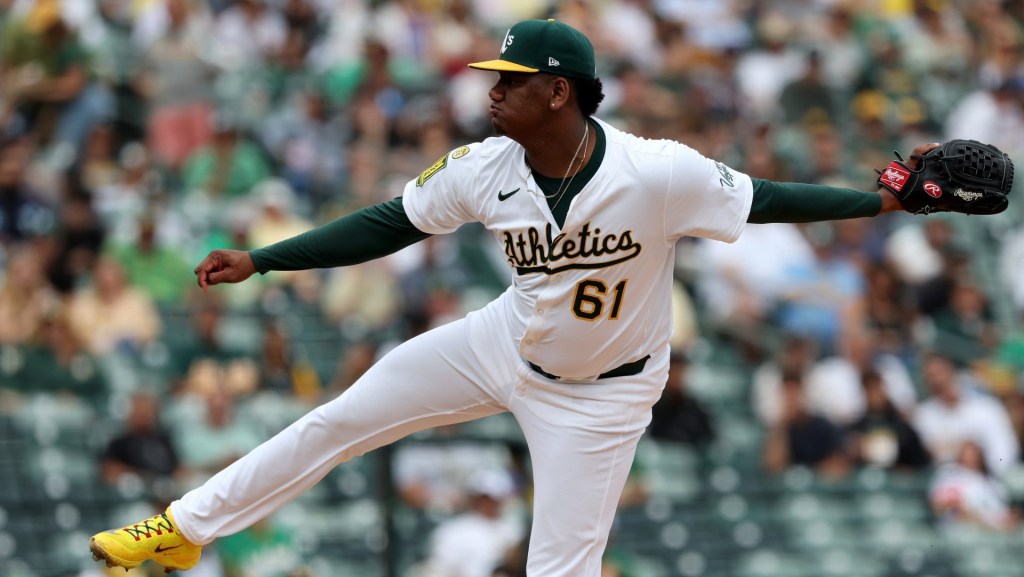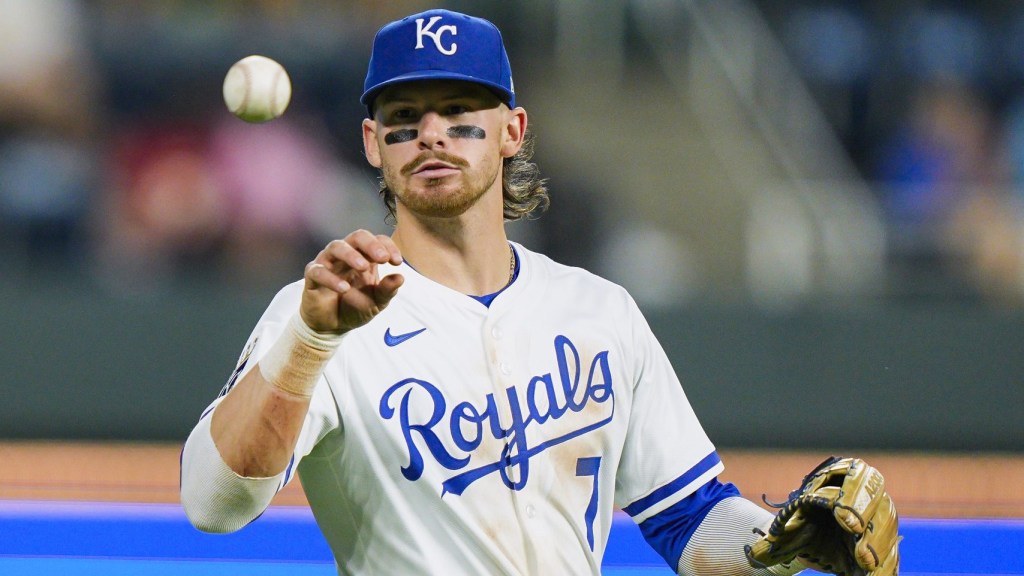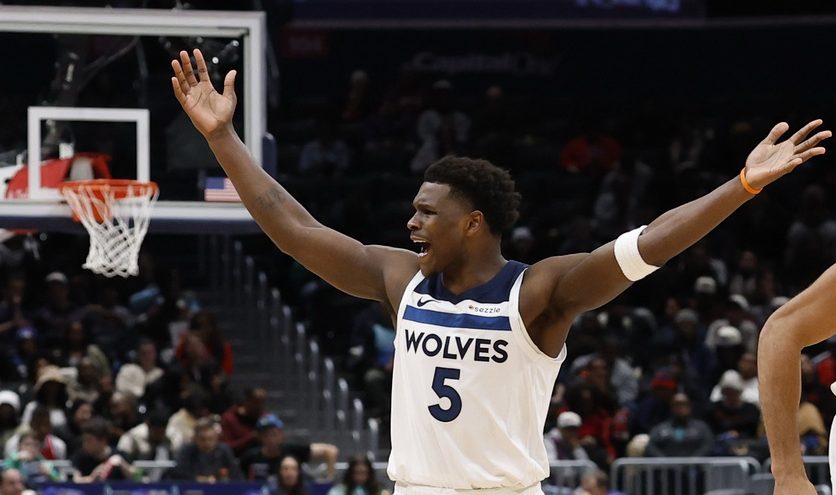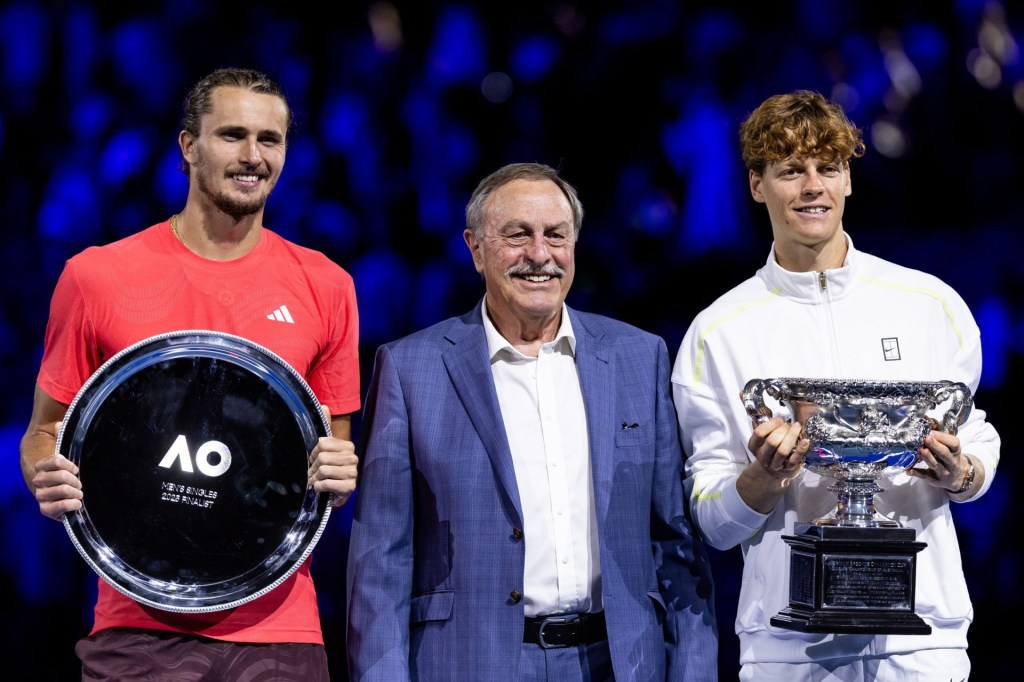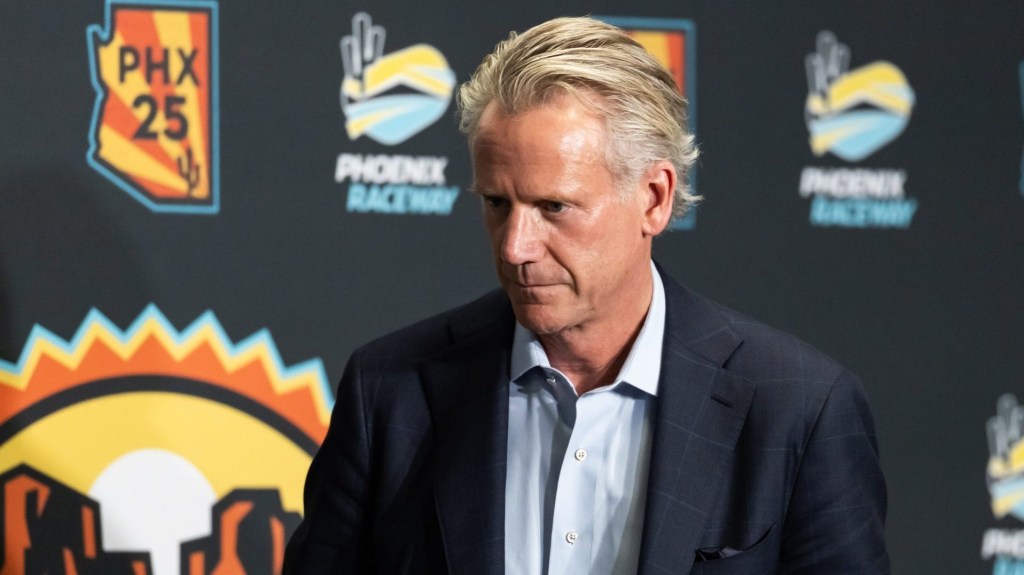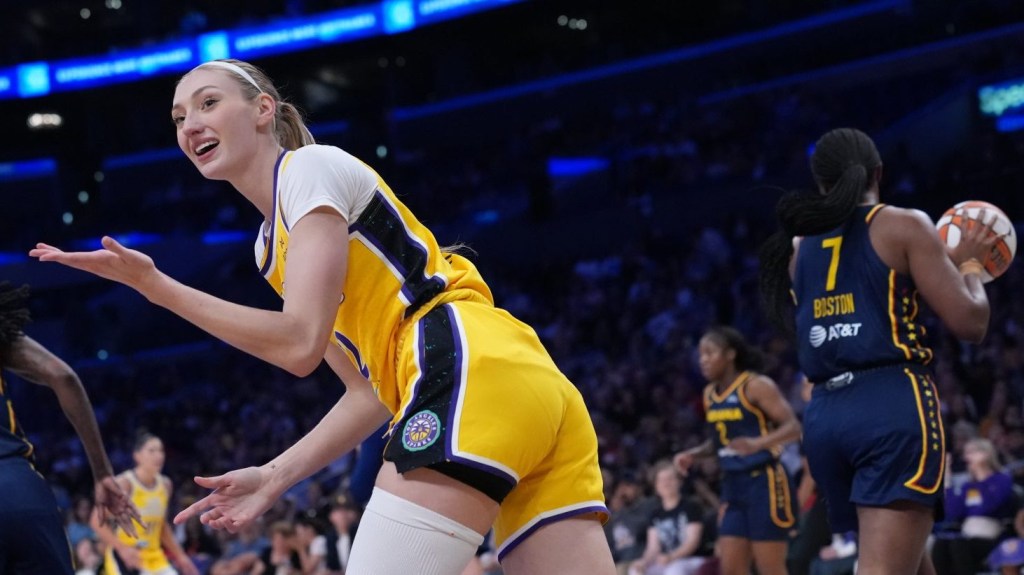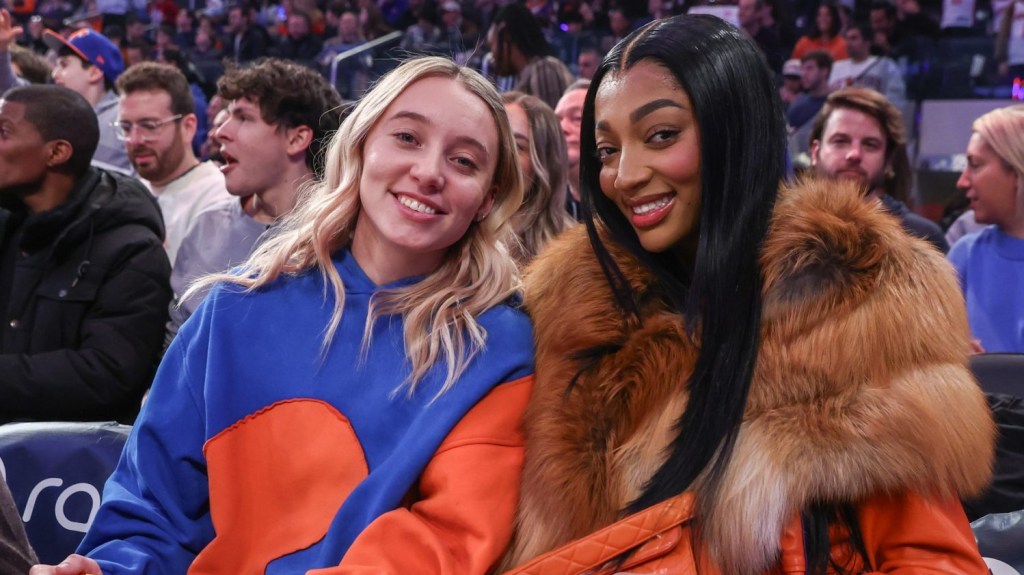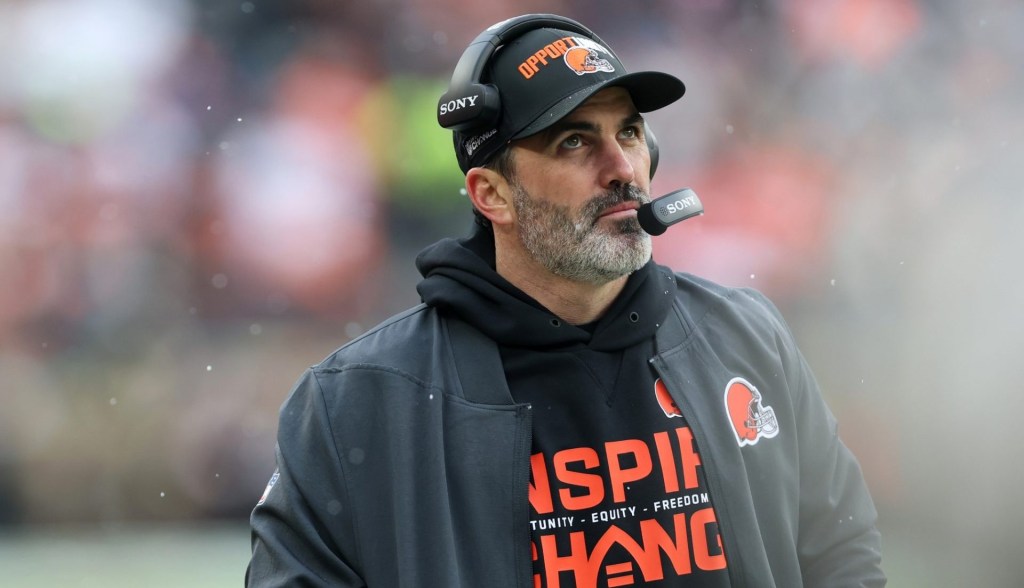ARLINGTON, Texas — A potentially massive payday awaits Orioles shortstop Gunnar Henderson (above) if he wins Monday’s Home Run Derby, just one of several major developments surrounding the event that is an increasingly critical part of MLB’s All-Star Game events.
The league will again offer the champion a $1 million prize, the amount that has been in place since 2019, and $750,000 to the runner-up. Since that dramatic shift from the prior top prize of $125,000, the derby winnings have provided transformative income for prior winners such as the Mets’ Pete Alonso and Blue Jays’ Vladimir Guerrero Jr.
Such is the case again for Henderson, who is earning $756,200 for the 2024 season, and could surpass that in just a couple of hours Monday night. In just his second full season in Baltimore, Henderson currently leads all eight derby participants with 28 home runs, third best in MLB behind icons Aaron Judge and Shohei Ohtani, and has the third-best betting odds to win the event. But he has the lowest salary in the group, with the other seven competitors ranging from $2.7 million (the Royals’ Bobby Witt Jr.) to $20.5 million (Alonso, following an offseason arbitration deal).
“I’m doing this for the experience, and I’m looking forward to it,” Henderson said of the derby Monday afternoon at Globe Life Field. “I do have a wedding coming up this offseason and we’re looking for a house, and [the prize money] definitely would help.”
The $1 million top derby prize, meanwhile, has been recently equaled by the NHL for its All-Star skills competition, won in February by Oilers superstar Connor McDavid, and is far in excess of the $105,000 award for winning the NBA’s Slam Dunk Contest and $60,000 for the 3-Point Contest.
Adjusted Format
The 2024 derby will be the first with an adjusted format that will employ a maximum number of pitches (40 pitches to each batter in the first two rounds and 27 to each of the two finalists). Those thresholds exclude bonus pitches, which are now on an outs-based system instead of a timer.
The combination of both outs and a timer (three minutes in the first two rounds, two in the final round) to govern the event could prove confusing for some viewers. But the tweaks are designed to help limit hitter fatigue during the event, which in turn could help prevent injuries and encourage more stars to participate in the future. ESPN, meanwhile, believes it will create a better flow for its derby broadcast.
“Guys aren’t going to be as exhausted. You’re going to see guys maybe take their time … feel like they can get in a groove,” said Todd Frazier, ESPN analyst and winner of the 2015 derby while playing for the Reds. “I think it does help out [with] the exhaustion level of the whole derby.”
Fan Metrics
The ongoing popularity of the derby is also helping position it as a near-equal to the All-Star Game itself, an event nearly 50 years older and the foundation of the league’s entire week of activities.
Last year’s average derby television audience of 6.11 million, while the lowest in five years, was 87% of the viewership of 7.01 million for the All-Star Game. Compare that to 10 years ago, when the 2014 derby audience of 5.4 million was just 48% of the All-Star Game’s draw the following night.
Sports TV ratings expert Douglas Pucci predicts that the remaining gap won’t be closed just yet, in part because of the frenzy around Pirates rookie phenom Paul Skenes, who will start Tuesday’s game for the National League. Pucci projects 5.3 million viewers this year for the derby and the All-Star Game remaining flat at 7 million. ESPN, meanwhile, sought to distance itself from any head-to-head matchup.
“The Home Run Derby continues to be one of the most-watched events of the summer, and it’s long been a staple of our schedule this time of year,” said Ashley O’Connor, ESPN vice president of programming and acquisitions. “We don’t view it as a competition.”
The parity can also be seen on the ticket resale market, where low-end, get-in prices for both the derby and All-Star Game were hovering around $130 each early Monday.
—Senior reporter Michael McCarthy contributed to this report.
